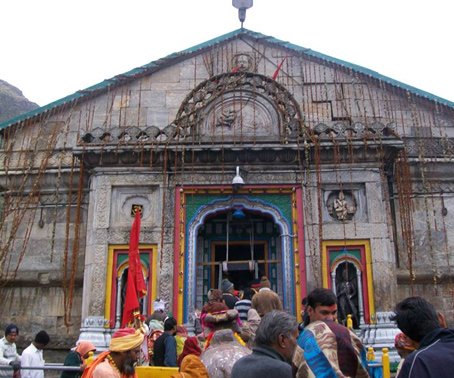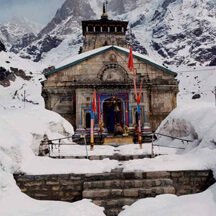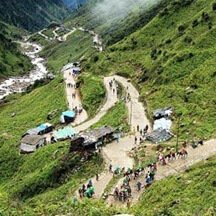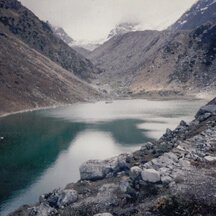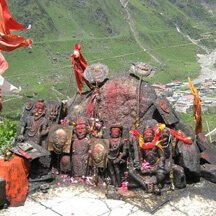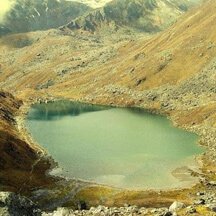
Many of us get annoyed with people and their situations when they fail to live up to our expectations, as if their reality isn’t enough for us and never will be. We reject these people and their problems because they somehow seem different than our own. We feel like we need something better. We let our emotions and anxieties get the best of us.
As human beings, we all have an idea in our heads about how things are supposed to be, and sadly this is what often messes us up the most. We all get frustrated when things don’t play out the way we expect them to, and people don’t behave like they’re “supposed” to. And when reality hits us, and everyone and everything seems to be doing the opposite of what we want, we feel pressure inside and then we overreact.
Calmness is a human superpower. Regardless of the situation, the ultimate measure of our wisdom and strength is how calm we are when facing the situation. The ability to not overreact or take things personally keeps our mind clear and our heart at peace, which instantly gives us the upper hand.
Breathe and think better. You can’t control how other people behave. You can’t control everything that happens to you. What you can control is how you respond to it all. When you feel like your lid is about to blow, take a long deep breath. Deep breathing releases tension, calms down our fight or flight reactions, and allows us to quiet our anxious nerves so we choose more considerate and constructive responses, no matter the situation.
So do your best to inhale and exhale next time. There’s no doubt that it can drive us crazy when we don’t get what we expect from people. But trying to change the unchangeable, wanting others to be exactly the way we want them to be, just doesn’t work. The alternative, though, is to breathe, to let go and to accept people as they are.
Be truly present, breathe deeply, and often. Remind yourselves that we can’t control other people. Do not take their behaviour personally. Let go of the ideals and expectations we have about others, and life in general, that causes unnecessary frustration, drama, and bouts of anger. Remember that when others are being difficult, they are often going through a difficult time we know nothing about. And to give them empathy, love, and space.!
Love, Light & Peace ✨🕉👁🌷🔱💀⏳🐍🌸🌙🌿🐚🌀🔆📿💖🔔💙🌈✨
Hari Om Tat Sat ~ Om Namah Shivaya ~ Blessed Thursday Lovely Souls ✨🕉👁🌷🔱💀⏳🐍🌸🌙🌿🐚🌀🔆📿💖🔔💙🌈✨




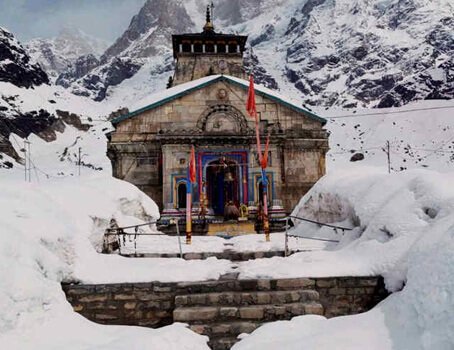 Kedarnath Dham, located in the Rudraprayag district of Uttarakhand, is one of the most paramount locations for worshipers of Shiva. The air appears to be reverberating with the name of Lord Shiva amid the mighty snow-clad peaks, enchanting meadows and forests of the lower mountain range of Himalayas. Situated in a breathtaking location, near the source of Mandakini River and at the height of 3,584 meters, Kedarnath Dham celebrates the greatness of Lord Shiva. Kedarnath temple is one of the 12 Jyotir Lingams and is also the most important temple among the Panch Kedars (group of 5 Shiva temples in Garhwal Himalayas). It is also one of the significant temples of the sacred Chota Char Dham Yatra in Uttarakhand, raising the glory of the place to further heights.
Kedarnath Dham, located in the Rudraprayag district of Uttarakhand, is one of the most paramount locations for worshipers of Shiva. The air appears to be reverberating with the name of Lord Shiva amid the mighty snow-clad peaks, enchanting meadows and forests of the lower mountain range of Himalayas. Situated in a breathtaking location, near the source of Mandakini River and at the height of 3,584 meters, Kedarnath Dham celebrates the greatness of Lord Shiva. Kedarnath temple is one of the 12 Jyotir Lingams and is also the most important temple among the Panch Kedars (group of 5 Shiva temples in Garhwal Himalayas). It is also one of the significant temples of the sacred Chota Char Dham Yatra in Uttarakhand, raising the glory of the place to further heights.